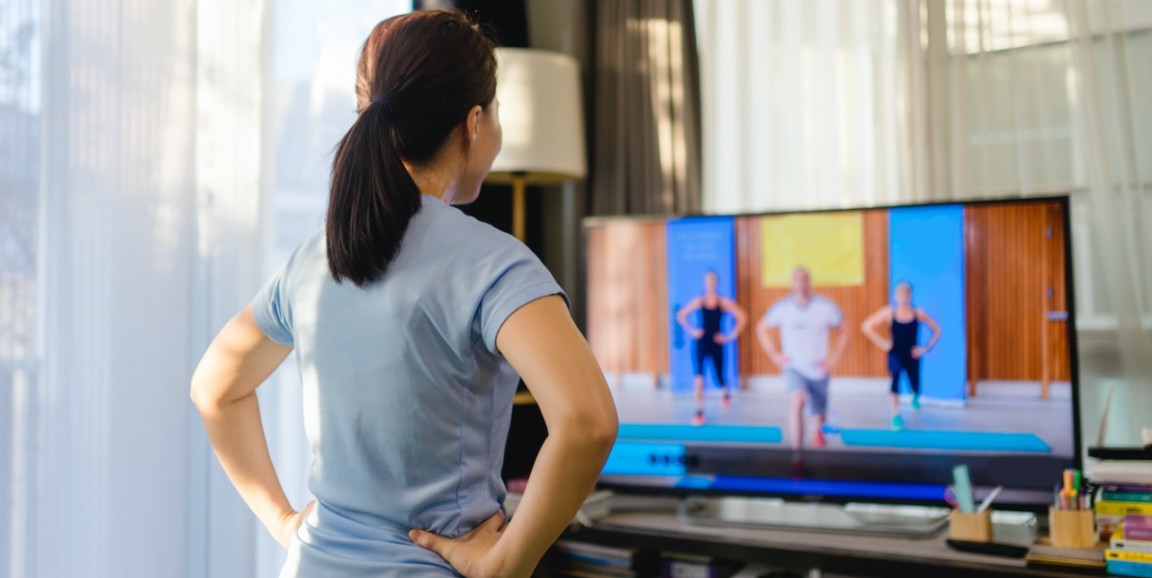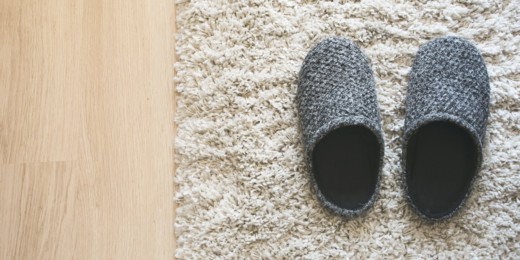At the start of 2020, an 82 year-old man we'll call Walter was using many of the strategies that we have been discussing throughout this series Reducing Falls For Older Adults -- staying active, managing his chronic conditions, and exercising to improve his balance.
It was working. He felt stronger, steadier on his feet and more confident.
Then came the COVID-19 pandemic.
COVID-19 has disrupted our lives in countless ways and has made it more difficult for people to maintain their physical activity and other lifestyle routines.
Walter, for example, knew that because he is older and has diabetes, he has a higher risk for developing severe COVID-19 disease. To protect himself from COVID-19 exposure, he barely left his home for the first few months of the pandemic. Unable to go his gym, he grew weaker and struggled to reach his pre-COVID levels of physical activity. He also missed out on the social engagement of being at the gym.
If you've had a similar experience, it's important to know that, even during the pandemic, you can continue to do things to maintain your health and lower your risk of falling. In addition, improving your fitness can reduce your risk of getting COVID-19 and help avoid severe disease if you are infected.
Pandemic-proof methods to prevent falls
Online physical activity programs
- During COVID-19, many services and resources have been made available online, including virtual physical activity programs. Online exercise classes that are specifically for older adults -- such as those available through companies or community groups -- offer a great alternative to in-person classes. Many programs are low-cost or are covered by Medicare. They offer you the convenience of staying active in your own living room.
- It is especially crucial that you keep moving and strong while you are staying at home.
Telehealth support
- If you notice any health problems (or its time for a regular check-up), make an appointment with your health care provider. Since the pandemic started, most medical professionals have developed options for you to interact with them via telehealth.
"Telehealth offers important advantages for older adults," said Stanford Medicine physician Randall Stafford, MD, PhD, drawing on his research and clinical experience. "I expect it will become a permanent part of health care." - Check in with your provider if you fall, or if you or a caregiver notice that you're having problems with your vision, balance or medications, or are experiencing other health-related issues that could increase your risk of falling.
- If you don't know which medical professional to call, or if you need to quarantine or isolate because of COVID-19, contact your local county health department. Often, someone there can help connect you to medical and other resources, including food delivery services, personal protective supplies (such as masks and hand sanitizer), and mental health support.
Fall-proof your home
- As discussed an earlier blog post, you can take steps to reduce your chances of having a serious fall at home. These steps -- such as installing grab bars and non-slip mats in bathrooms, ensuring all stairs have hand railings, and keeping hallways and open spaces clear of clutter -- are especially important now that you are likely to be spending the majority of time at home. Now is a great time to put home improvement plans into action.
Gather with family and friends virtually
- Finally, stay connected to your support networks and find new ways to socialize with others, despite being physically distanced. Platforms such as Zoom, FaceTime and Facebook offer a bounty of ways to stay in touch with other people during this time of not being able to see each other in person. Traditional phone calling and letter writing work, too.
Take-home messages regarding falls
1) Every year, one of every four older adults experiences a fall.
Risk factors that make falling more likely:
- Having fallen previously
- Lower body weakness
- Vision problems
- Hazards at home
- Difficulty walking
- Taking medications that affect balance
- Vitamin D deficiency
2) Most falls occur in the home. You can put strategies into place to fall-proof your home, including:
- Wearing soled, supportive footwear inside and outside the home
- Installing grab bars and non-slip mats
- Having good lighting and handrails on stairs
- Keeping hallways clear of clutter and debris
- Getting proper nutrition
3) Physical activity is a top strategy for preventing falls. Engage in activities that improve your balance, lower body strength and overall cardiovascular fitness. Effective activities include tai chi, yoga, chair exercises, walking, stretching and exercising with balance ball.
4) Combat the challenges of COVID-19 by participating in online physical activity classes, utilizing telehealth resources, fall-proofing your home and staying connected with people in your social networks.
This is the fourth and final blog post in the series, Reducing Falls For Older Adults. The goal of the series is to help older adults and their family members better understand how to reduce the risk and impact of falls. Patients referenced are composites, compiled from actual patient experiences.
Claire Jacobson is a master's degree student in Community Health and Prevention Research at Stanford studying chronic disease prevention and healthy aging. Stanford professor and primary care physician Randall Stafford, MD, PhD, studies strategies to improve chronic disease treatment, including increasing the role of patients in their health care.
Photo by MIA Studio / Shutterstock






